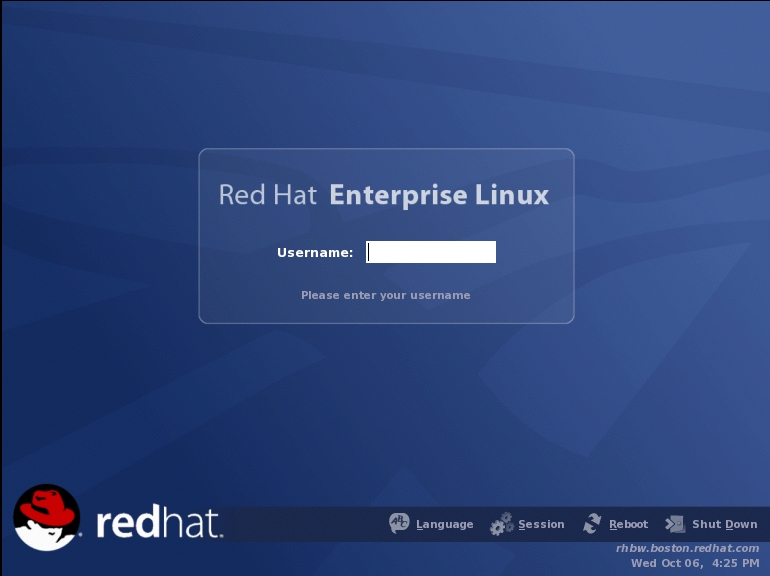
I have recently installed CentOS 7 (Minimal Install without GUI) and now I want to install a GUI environment in it.
Centos 7 Download Iso
How can I install Desktop Environments on previously installed CentOS7 without reinstalling it?
To download CentOS 6, 32-bit and 64-bit or CentOS 7 (64-bit only), please use the following links (by clicking on the inks, you will be presented with the CentOS mirrors closest to you).
3 Answers
1. Installing GNOME-Desktop:
Install GNOME Desktop Environment on here.
Input a command like below after finishing installation:
GNOME Desktop Environment will start. For first booting, initial setup runs and you have to configure it for first time.
- Select System language first.
- Select your keyboard type.
- Add online accounts if you'd like to.
- Finally click 'Start using CentOS Linux'.
GNOME Desktop Environments starts like follows.
How to use GNOME Shell?
The default GNOME Desktop of CentOS 7 starts with classic mode but if you'd like to use GNOME Shell, set like follows:
Option A: If you start GNOME with startx, set like follows.
Option B: set the system graphical login systemctl set-default graphical.target and reboot the system. After system starts
- Click the button which is located next to the 'Sign In' button.
- Select 'GNOME' on the list. (The default is GNOME Classic)
- Click 'Sign In' and log in with GNOME Shell.
Centos Desktop Version 64bit Iso Download Windows 10
- GNOME shell starts like follows:
2. Installing KDE-Desktop:
Install KDE Desktop Environment on here.
Input a command like below after finishing installation:
- KDE Desktop Environment starts like follows:
3. Installing Cinnamon Desktop Environment:
Install Cinnamon Desktop Environment on here.
First Add the EPEL Repository (EPEL Repository which is provided from Fedora project.)
Extra Packages for Enterprise Linux (EPEL)How to add EPEL Repository?
And now install the Cinnamon Desktop Environment from EPEL Repository:
Input a command like below after finishing installation:
Cinnamon Desktop Environment will start. For first booting, initial setup runs and you have to configure it for first time.
- Select System language first.
- Select your keyboard type.
- Add online accounts if you'd like to.
- Finally click 'Start using CentOS Linux'.
Cinnamon Desktop Environment starts like follows.
4. Installing MATE Desktop Environment:
Install MATE Desktop Environment on here (You will need to add the EPEL Repository as explained above in advance).
Input a command like below after finishing installation:
- MATE Desktop Environment starts.

5. Installing Xfce Desktop Environment:
Install Xfce Desktop Environment on here (You will need to add the EPEL Repository as like above in 'Cinnamon' installation before).
Input a command like below after finishing installation:
- Xfce Desktop Environment starts.
Rather than make use of the hacking of a startx command into a .xinitrc file, it's probably better to tell Systemd that you want to boot into a graphical GUI vs. the terminal.
To accomplish this simply do the following:

Then simply reboot.
The last bit will associate the runlevel 5 target as your default with respect to Systemd.
Doing it with Systemd
You can also use Systemd to accomplish this. This is arguably the better method since you're managing the state of the system directly through Systemd and its CLIs.
You can see what your current default target is:
And then change it to graphical:
Targets
In Systemd the targets runlevel5.target and graphical.target are identical. So too are runlevel2.target and multi-user.target.
References
protected by Community♦Feb 10 '16 at 1:03
Thank you for your interest in this question. Because it has attracted low-quality or spam answers that had to be removed, posting an answer now requires 10 reputation on this site (the association bonus does not count).
Would you like to answer one of these unanswered questions instead?